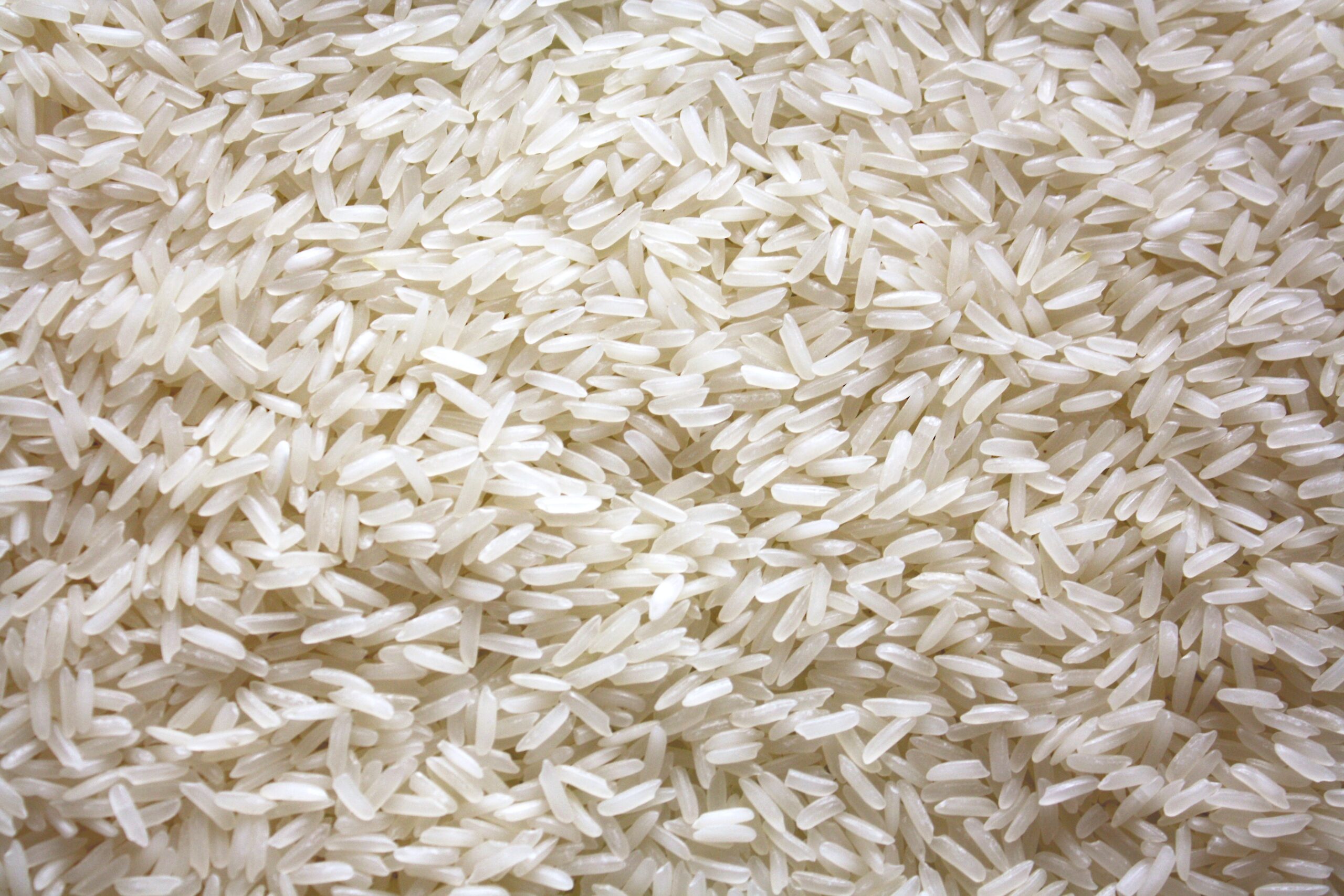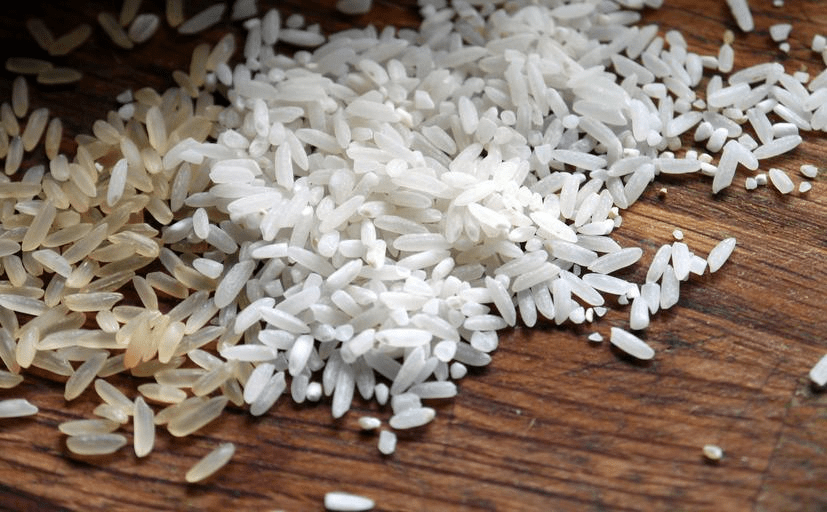If there were a jack of all trades in the world of food, then the title would most certainly go to rice. This humble grain is a staple in any kitchen because it lends itself to a myriad of recipes – may it be fried, steamed, or baked. All around the world, rice holds its rightful place as one of the most beloved food essentials of all time.
Cruising the grain aisle in a grocery store would tell you that there are dozens upon dozens of rice types. Facing many options might leave you in a state of indecision, but there’s no need to feel intimidated. In this guide, we will list the eight most common types of rice and describe the unique qualities that distinguish them from their counterparts.
Before we delve into the different types, let us first discuss the most common manner through which we classify rice – by their length and shape. Rice is often categorized as long-grain, medium-grain, and short-grain.
Long-grain rice is at least three or four times as long as they are wide. When cooked, it yields a starchy, light, and fluffy consistency.
Medium-grain rice features a shorter and broader kernel, as compared with the long-grain type. When cooked, it becomes moist and tender, so it has a greater tendency to stick together.
Short-grain rice is less than twice as long as they are wide. It takes on a sticky texture when cooked.
Different recipes call for different types of rice, which is why it is crucial to consider the desired texture of rice and the kind that is best suited to a specific dish.
Arborio rice is medium-grain and characterized by a unique white dot in the center. It is grown in the town Arborio in the Po Valley of Italy, hence the name. This rice is rich in starch, so it effectively absorbs liquid and flavors, especially over slow cooking. The result is an unmatched creamy consistency with a slightly chewy texture. This rice is perfect for making risotto, rice pudding, and soup.
Jasmine rice is long-grain and grown in Thailand. It is named as such because it releases a sweet jasmine smell while cooking, bringing an exotic flair and tasty accent to any recipe. It yields a soft and slightly sticky texture, which makes it the perfect rice for several Asian dishes such as curries and stir-frys.
Basmati rice is long-grain and has a pleasant, nutty flavor. This extremely aromatic grain, dubbed as the ‘Prince of Rice,’ is popular among Indian, Middle Eastern, and Central Asian cuisines. The grains are separate and fluffy when cooked, which makes them ideal for dishes such as pilaf, biryani, and saffron rice.
Black rice, also known as ‘forbidden rice’ or ‘emperor’s rice,’ was exclusively fed to emperors in China back in the day. This medium-grain rice yields a soft texture and turns dark purple when cooked, thanks to its high level of anthocyanin – the same antioxidant found in eggplant and blueberries. This flavorful rice, which is also rich in iron and vitamin E, is mostly used in Asian cuisine. Try it with porridge and baked goods for that extra zing and color.
Brown rice comes in short or long-grain varieties and is considered to be one of the most healthful rice types. Its outer husk is removed by milling, but this grain retains its bran layer full of nutrients. It has a distinct tan color and yields a chewy and fluffy texture when cooked. This 100% whole grain food imparts a nutty flavor and would do great in casseroles, pilaf, and stir-fry dishes.
Valencia rice, named after a province in Spain, is short-grain and rich in a type of starch called amylose. It requires more water to soften and is highly absorbent and moist when cooked, thanks to its starchy quality. It is the preferred variety for paella, a classic Spanish dish enjoyed all over the world. It doesn’t stick, so it is also ideal to use in stews, soups, and stuffing.
Wild rice isn’t exactly rice, but the seed of a strain of aquatic grass grown mainly in the upper Great Lakes region of the United States. This grain has a distinct appearance; it is long, thin, and black or brown in color. Its skin splits open and reveals a white interior when cooked, giving it both a chewy and tender consistency that many people love. Its toasty flavor is similar to that of black tea, and would surely add an exotic flair to your stir-frys, casseroles, and mushroom soups.
White rice is long-grain and is the most familiar of all types in traditional American, Asian, and Mexican recipes. It is slightly less nutritious than brown rice due to the elimination of its outer husk and bran during the milling process. When cooked, it provides a mild flavor and a light, fluffy texture. Because of its relatively neutral taste, it is highly versatile and can be paired with almost anything. Top it with chicken, meat, or vegetables, or make it interesting by transforming leftover white rice into garlic or ginger fried rice.
Now that you know the most popular types of this beloved staple, it’s time for you to explore the grain aisle once more and get the perfect rice for your next dish!


